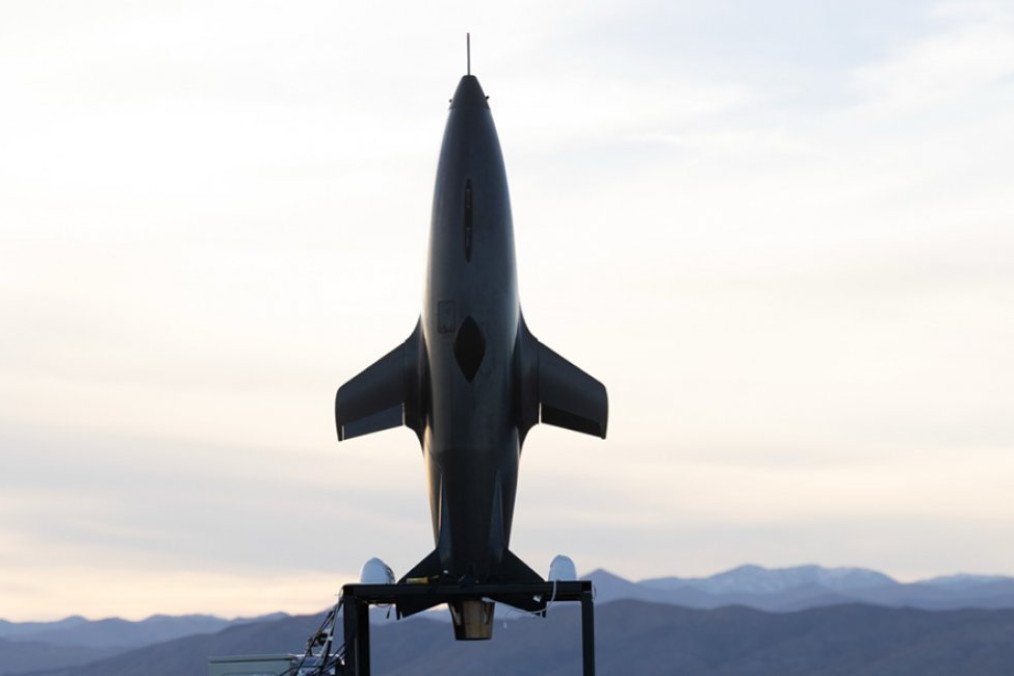- Category
- Latest news
US Builds Cheap Long-Range Attack Drone, Similar to Ukrainian Designs

A new loitering munition under development in the United States could soon offer brigade-level units a low-cost, high-range alternative to traditional cruise missiles and tactical ballistic systems.
The drone, named Viper, is being developed by Mach Industries and is designed to deliver strike capabilities comparable to ATACMS, with a cost reportedly below $100,000.
According to Defense Express on June 25, the Viper is a vertical take-off and landing (VTOL) strike drone that some experts describe as a hybrid between a loitering munition and a cruise missile. It is expected to carry a 10 kg warhead and achieve a range of up to 290 km—matching the reach of the ATACMS missile used by HIMARS systems.

The Viper is described in Western media as combining the range of HIMARS, the speed of a cruise missile, and the firepower of an AGM-114 Hellfire, making it suitable for deployment at company to brigade level.
One of the key attributes of the Viper system is its affordability. The sub-$100,000 price point sets it apart from conventional precision-guided weapons in the same range category and reflects a cost-effective approach previously more typical of Ukrainian innovations in drone warfare.
The system is designed to operate in GPS-denied environments. Mach Industries has indicated that the drone will use artificial intelligence and multiple radio frequency technologies to navigate without relying solely on satellite signals. However, the company has not disclosed full technical details on how the system addresses electronic warfare threats.
-919b6c9719e6fb60c6da2cbe4010170b.png)
Mach Industries has already completed construction of its initial manufacturing facilities and secured additional resources for expansion. The Viper conducted its first flight in January 2025 and is intended to target enemy artillery systems, radar installations, and other high-value assets.
While the company has received funding from private investors and the US Army’s Applied Research Laboratory, further large-scale testing and data on electronic warfare resistance remain pending. The overall effectiveness of the system—and its cost-to-performance ratio—will likely be evaluated in future operational trials.
Earlier, on June 19, the Come Back Alive foundation reported that Ukraine’s interceptor drone program had downed over 2,000 Russian UAVs—including Shaheds and Geran-types—inflicting an estimated $160 million in damage at a fraction of the cost.



-72b63a4e0c8c475ad81fe3eed3f63729.jpeg)


